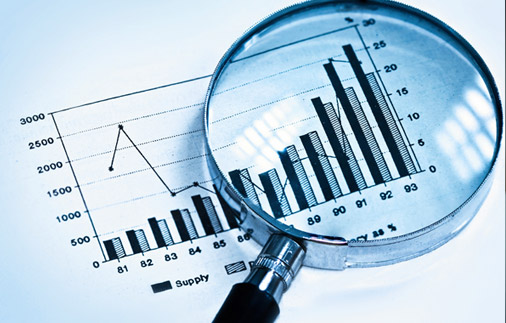CO2 Markets
The worldwide market for carbon dioxide (CO2) is estimated to be around 18 million tonnes per year. This is made up of CO2 sold in liquid, gaseous, and solid forms, and used in a wide variety of different applications, ranging from CO2 used to increase the rate of photosynthesis in greenhouses to CO2 filled into fire extinguishers. The most common applications include the use of CO2 for the carbonation of beverages (water, soft drinks, beer, etc.) and for the freezing or chilling of foods. Overall, applications of CO2 in the food and beverage industries represent over half of the global demand for CO2.
Most of the CO2 used in industry today is recovered from gaseous waste streams which are high in CO2 content and being emitted into the air. The CO2 is captured from these streams, purified and in many cases liquefied so that it can be stored and transported to the end customer. The most common sources of CO2 used in these applications are associated with hydrogen production (for ammonia or refinery activities), fermentation (ethanol or bio-gas production) and ethylene oxide production. In some cases, CO2 comes from natural sources, where underground deposits of relatively pure CO2 are mined similar to natural gas to bring it to the surface. In other cases, and usually in remote or undeveloped markets, CO2 is produced and captured from the burning of hydrocarbons. Each of these sources has its own unique challenges to ensure that the CO2 is properly processed and purified to meet the needs and specifications required by the marketplace and the specific application in which the CO2 is being used.
Due to the high cost of distribution, CO2 markets tend to be regional markets, centered around the areas of dense population and industrial activity, as well as the sources themselves. Liquid CO2 is transported in cryogenic tankers, via road, rail and water. Gaseous CO2 can be transported via a pipeline or in small volumes via cylinders. Solid CO2, or “dry ice”, is usually either made on-site or distributed via truck.
Each regional market is unique, based on the type of customer applications being served, the size and location of the customers, and the type and density of CO2 supply sources in the area. Understanding these markets is critical to developing the proper plans and strategies to enable you to succeed in your business. Carbonic Solutions has the knowledge and experience to help you properly scope and assess your market, and to build an understanding of the dynamics and drivers which create value. Whether you are looking to monetize your own waste CO2, participate in the sale of CO2 to end users, or optimize your existing CO2 business, Carbonic Solutions can help.



